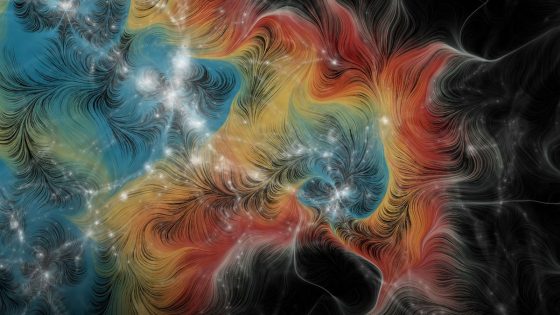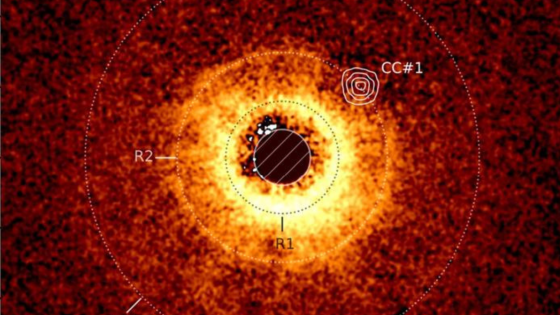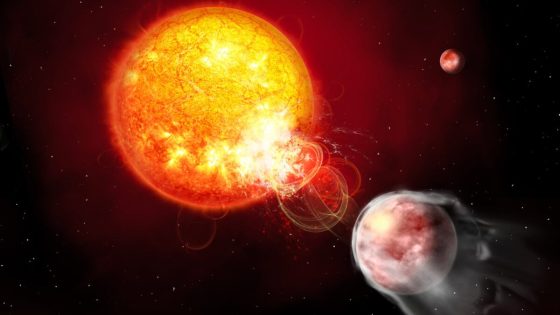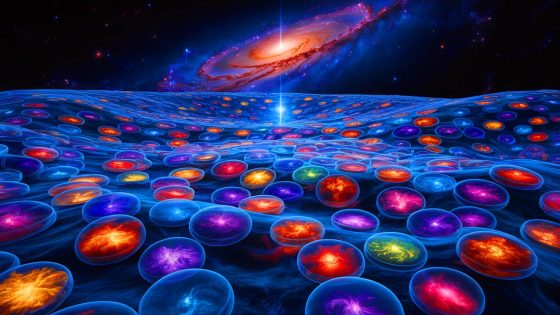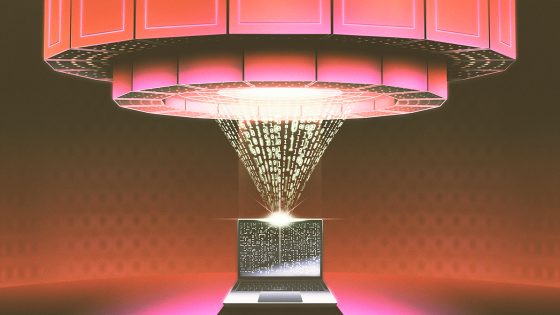The recent discovery of missing matter in the universe sheds light on the elusive components of our cosmos. Regular matter, which constitutes stars, planets, and galaxies, makes up only about 5% of the universe’s total matter-energy content. As of July 25, 2025, researchers have confirmed the existence of previously unaccounted regular matter residing in the intergalactic space, enhancing our understanding of cosmic structures.
- Universe's matter-energy content: 5% regular matter.
- Dark matter and energy remain largely unknown.
- Fast Radio Bursts help measure intergalactic gas.
- X-ray observations confirm gas density in clusters.
- Shapley Supercluster contains over 8,000 galaxies.
- Cosmic web organizes galaxies and matter distribution.
This breakthrough was achieved using Fast Radio Bursts (FRBs), brief but powerful emissions of radio waves that interact with intergalactic gas. By analyzing the dispersion of these signals, scientists have successfully estimated the amount of matter in the universe, revealing that all ordinary matter is now accounted for.
This discovery raises intriguing questions about the organization of galaxies and the cosmic web. How does this newfound knowledge influence our understanding of cosmic evolution? The implications are profound:
- All ordinary matter is now accounted for, confirming long-held models.
- FRBs provide a unique method to study intergalactic gas.
- The Shapley Supercluster was pivotal in measuring the filament of gas.
- Understanding matter distribution aids in comprehending galaxy formation.
As we continue to explore the cosmos, advancements in technology and observational techniques will undoubtedly reveal more about the universe’s hidden components. The journey to unravel the mysteries of dark matter and dark energy is just beginning.



